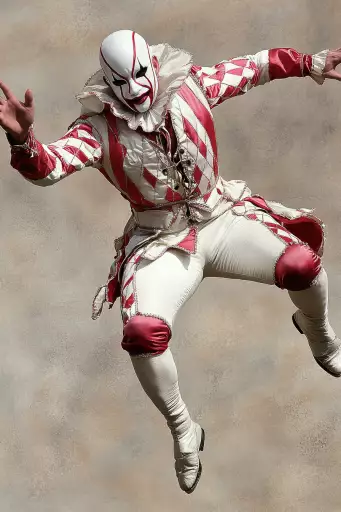Explore the Best AI Image Gallery

Beyond the Brush: AI Image Generation and the Future of Design
The creative landscape is undergoing a seismic shift with the advent of AI image generation. Tools like DALL-E 2, Midjourney, and Stable Diffusion are empowering individuals to conjure stunning visuals from simple text prompts, blurring the lines between human imagination and machine creativity. This technological revolution is poised to reshape the design industry in profound ways, offering both unprecedented opportunities and complex ethical considerations.
A New Frontier for Design
AI image generation presents a paradigm shift for designers, providing them with powerful new tools to conceptualize and realize their visions. Imagine architects sketching out intricate 3D models of buildings directly from textual descriptions or fashion designers generating unique garment designs based on mood boards and fabric textures. These possibilities are no longer confined to science fiction; they are becoming tangible realities.
Streamlining Design Workflow
- Rapid Prototyping: AI can generate multiple design variations in seconds, allowing designers to quickly iterate and explore different concepts.
- Personalized Content: Designers can create tailored visuals for specific audiences or applications, generating unique imagery based on individual preferences.
- Accessibility: AI democratizes design by empowering individuals with limited technical skills to create professional-quality visuals.
Applications Across Industries
The potential applications of AI image generation span a vast spectrum of industries:
- Advertising and Marketing: Generating eye-catching visuals for campaigns, social media, and product presentations.
- Publishing and Entertainment: Creating stunning illustrations for books, magazines, and films, as well as generating concept art for video games.
- Architecture and Interior Design: Visualizing complex building designs and interior layouts with realistic renderings.
- Fashion and Apparel: Designing new garments, showcasing fabric patterns, and creating virtual fashion shows.
Ethical Considerations
While the potential benefits of AI image generation are undeniable, it is crucial to address the ethical implications associated with this technology:
- Copyright and Intellectual Property: Determining ownership and rights to AI-generated content raises complex legal questions.
- Bias and Representation: AI models are trained on existing datasets, which may contain biases that perpetuate societal stereotypes. It is essential to ensure that AI-generated visuals are inclusive and representative of diverse cultures and perspectives.
- Misinformation and Deepfakes: The ability to create hyperrealistic images can be misused for generating fake news, propaganda, and harmful content.
The Future of Design
AI image generation is poised to become an integral part of the design process, augmenting human creativity and pushing the boundaries of what is possible. As this technology continues to evolve, it will be essential to foster collaboration between designers, technologists, and ethicists to ensure that AI is used responsibly and ethically to shape a more creative and inclusive future.
The coming years will likely see further advancements in AI image generation, with models capable of generating even more realistic and sophisticated visuals. We can anticipate the emergence of new applications and workflows, as designers leverage the power of AI to create innovative solutions across a wide range of fields.








](https://images.ai-img.art/thumbnails/150/f67d9af3398150f2ab1bcf250717fea134275e2ca896252b54a4d9bb3719f9ac.webp)


















](https://images.ai-img.art/thumbnails/150/bddf3ae4a232290858389b933c866ad3be429ef2e25c23a9f4d7713ed6e44d0b.webp)
](https://images.ai-img.art/thumbnails/150/008b5d5d49667cc2e93a5f8a8adfaa545963da99c39ff0901f5296294636400d.webp)




](https://images.ai-img.art/thumbnails/150/f9584153b4cddd8c9fab611dc10247549b275c59bc173251e37d0935874f9deb.webp)

](https://images.ai-img.art/thumbnails/150/c2c9c48b38fae37f0a457b80b084ed01ba803810fc8f488c8f610c03abc74049.webp)
](https://images.ai-img.art/thumbnails/150/4289d1230b86a96c4d556636c3167bed0ef38f850826549517e4e45db4d87bf7.webp)




